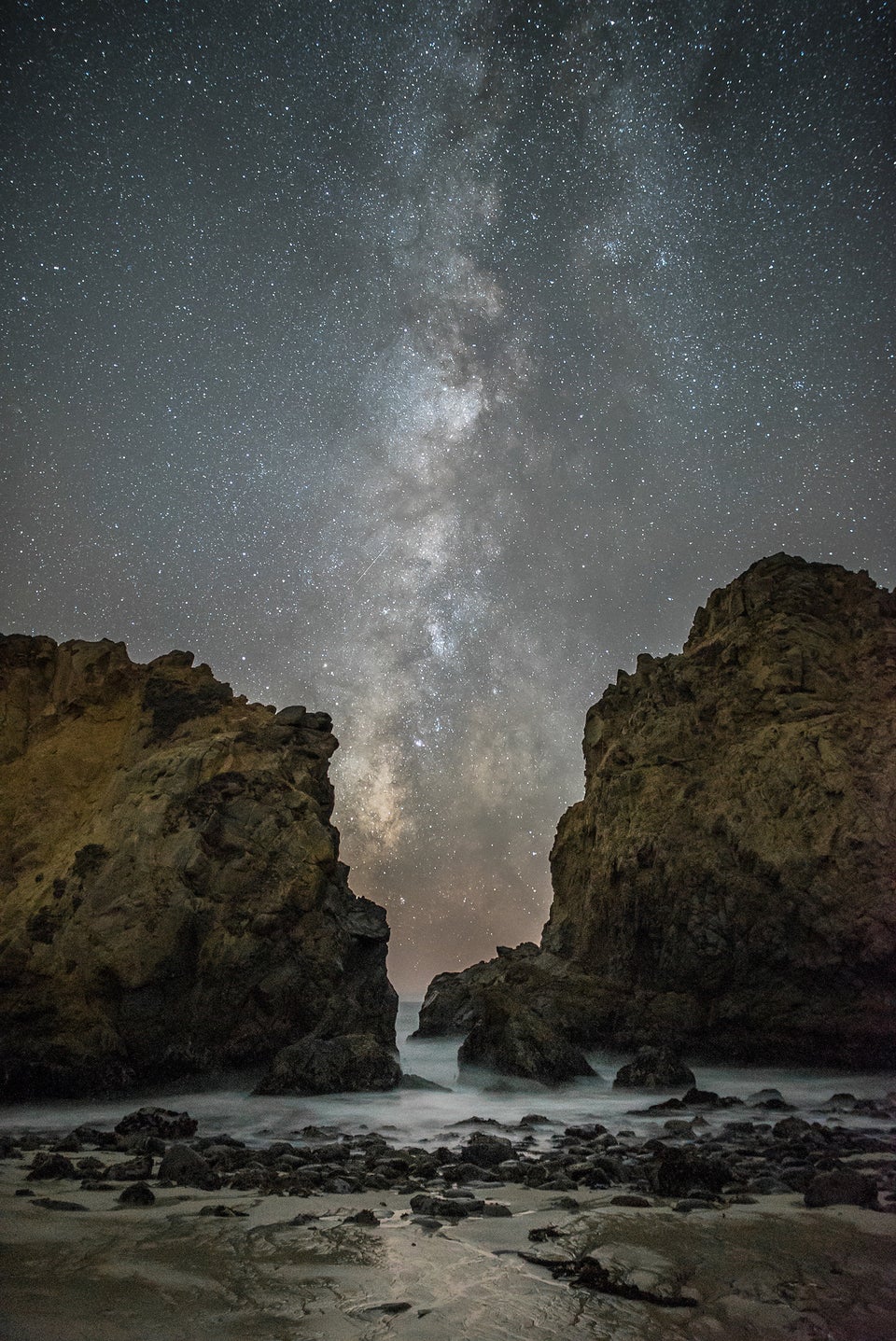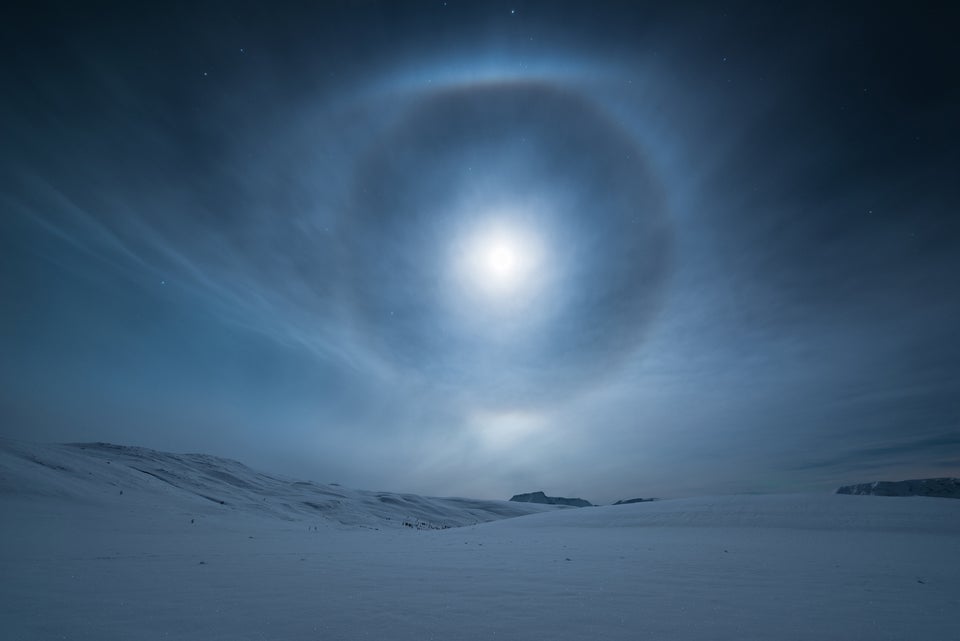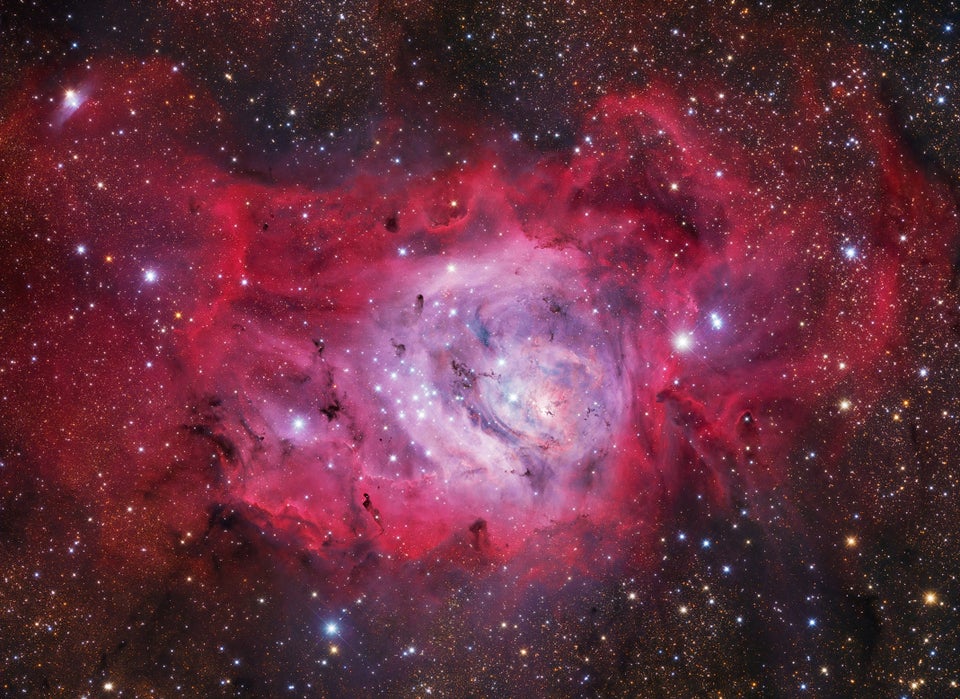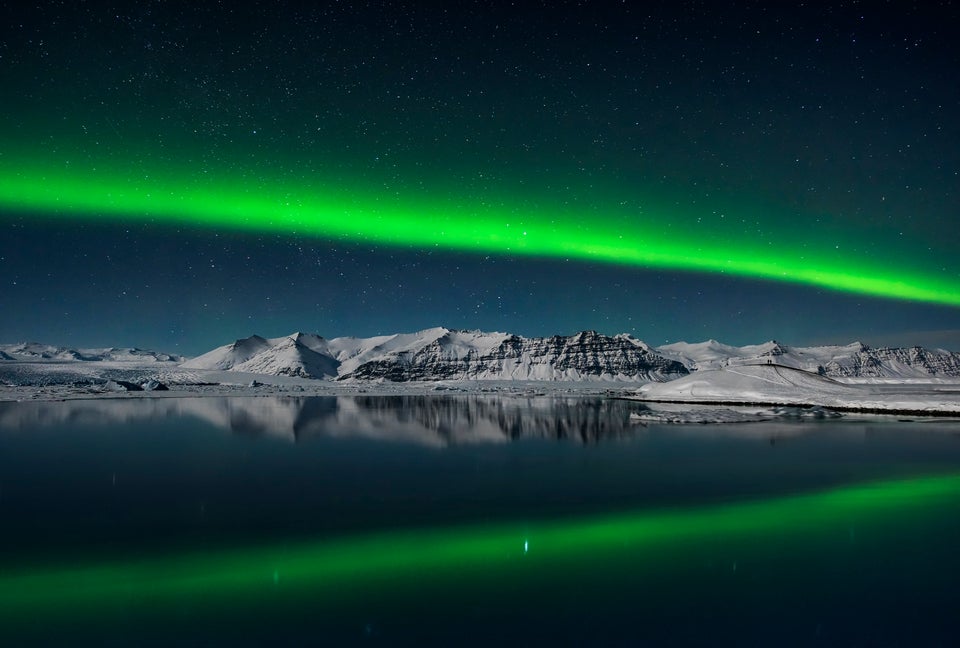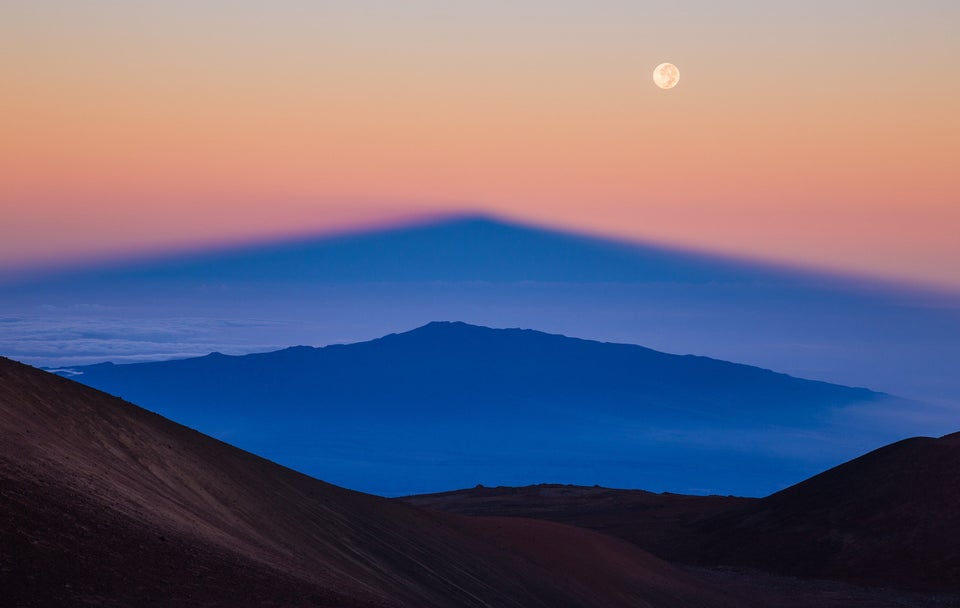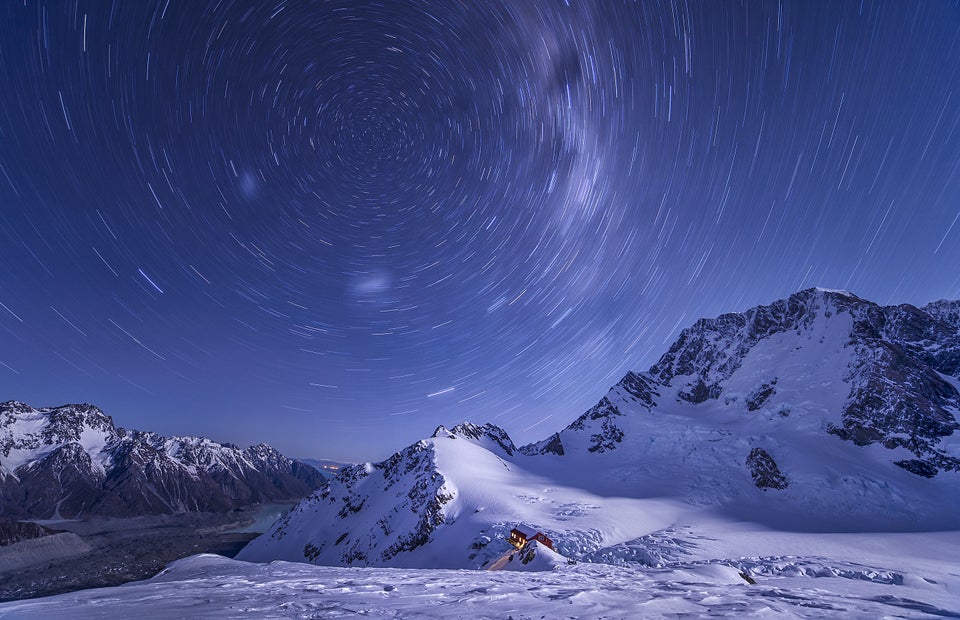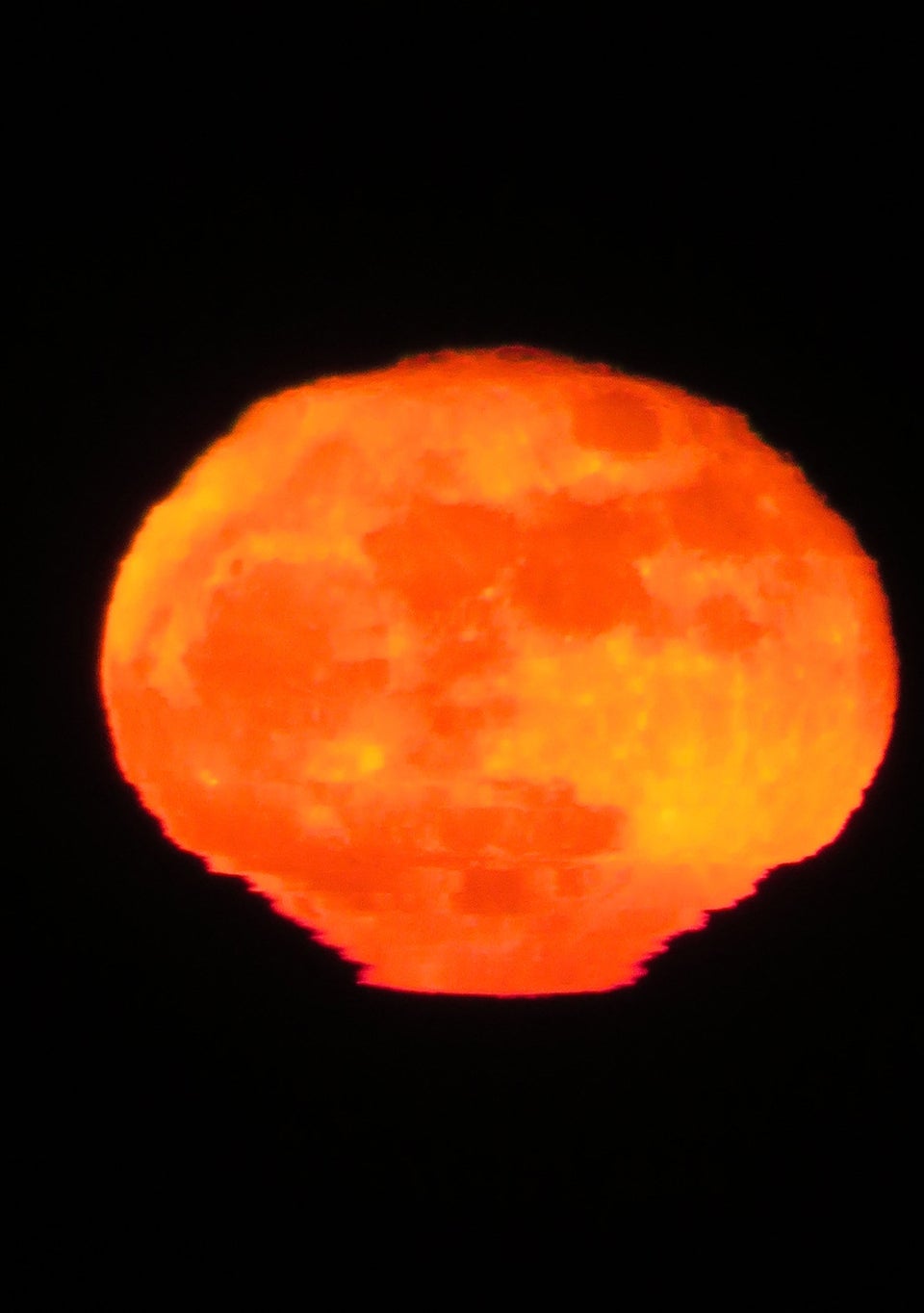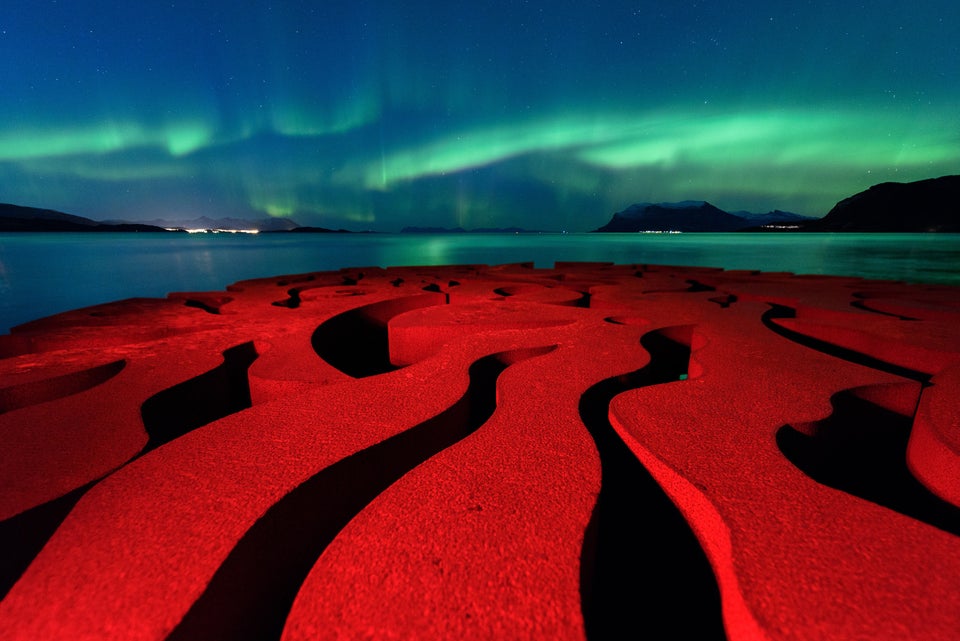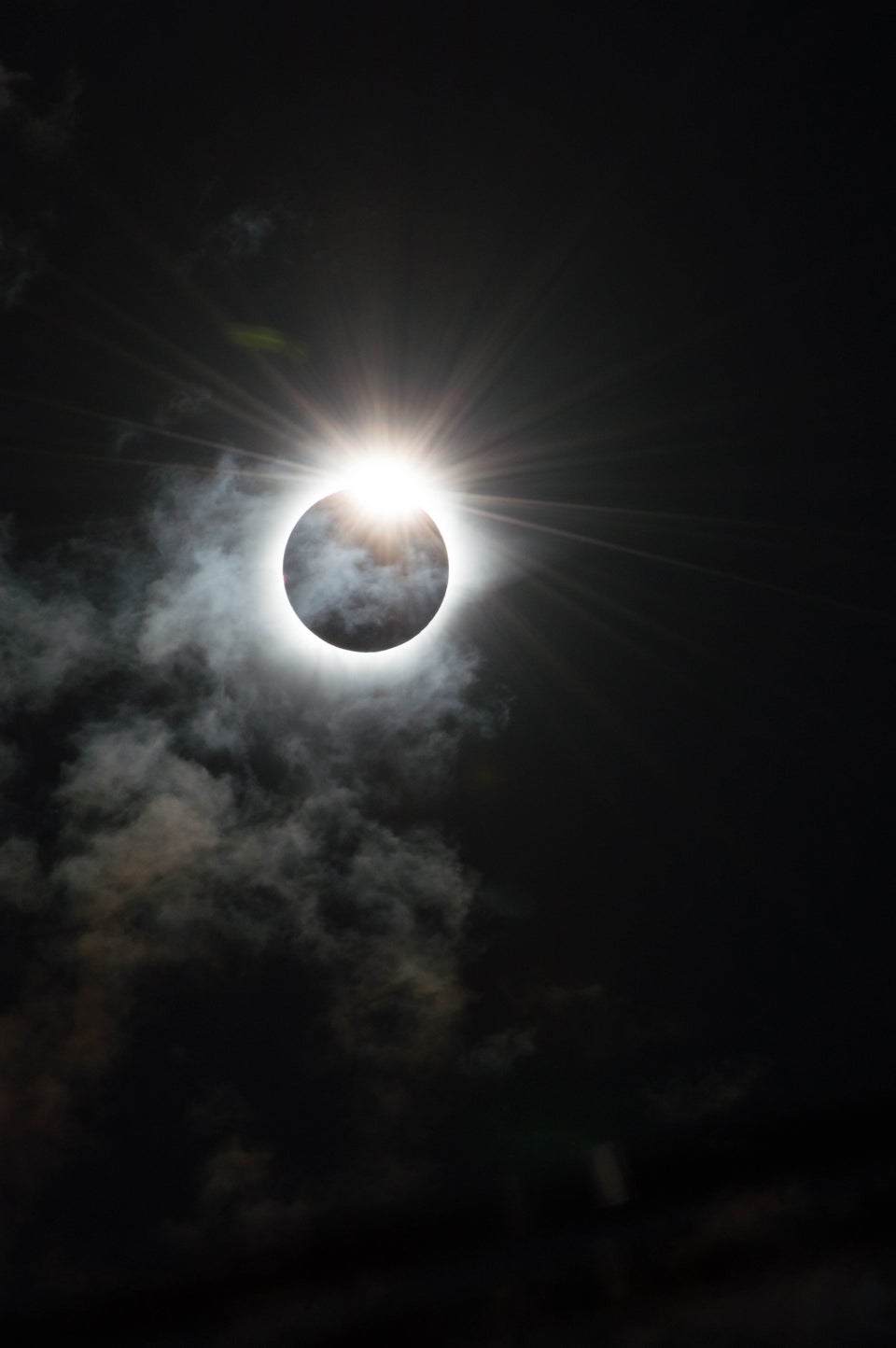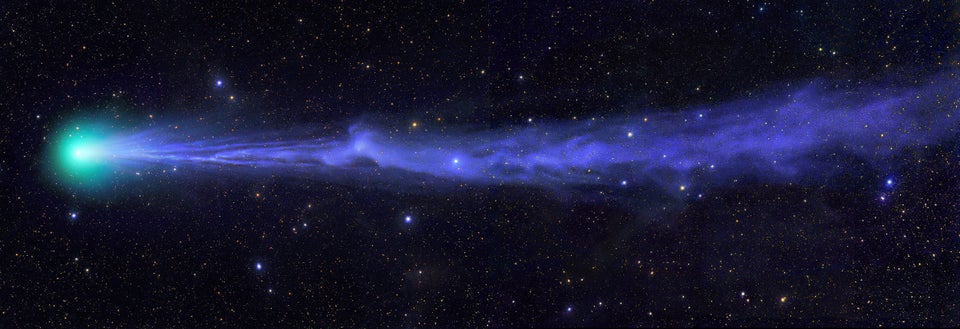In the relatively short space of time that it has been active, the Kepler space telescope has single-handedly discovered thousands of new planets beyond our own solar system.
It has revealed worlds that defied our knowledge of how the universe works and, perhaps most importantly, it has revealed planets which could sustain alien life and finally prove that no, we’re not alone.
Now scientists have been trawling through these discoveries and, in a paper that has been published, they have pinpointed 20 planets which they think could contain alien life.
All 20 of these planets are believed to be located in the ‘Habitable Zone’ and are rocky in composition. They’re also extremely high candidates for having large oceans of liquid water.
“This is the complete catalog of all of the Kepler discoveries that are in the habitable zone of their host stars,” said Stephen Kane, an associate professor of physics and astronomy at San Francisco State University.
“That means we can focus in on the planets in this paper and perform follow-up studies to learn more about them, including if they are indeed habitable.”
To clarify, this is not a confirmation of life on other planets, what it does do however is show us exactly where to start looking.
The study took three years and required examining all 4,000 of the exoplanets that Kepler has since discovered in astonishing detail.
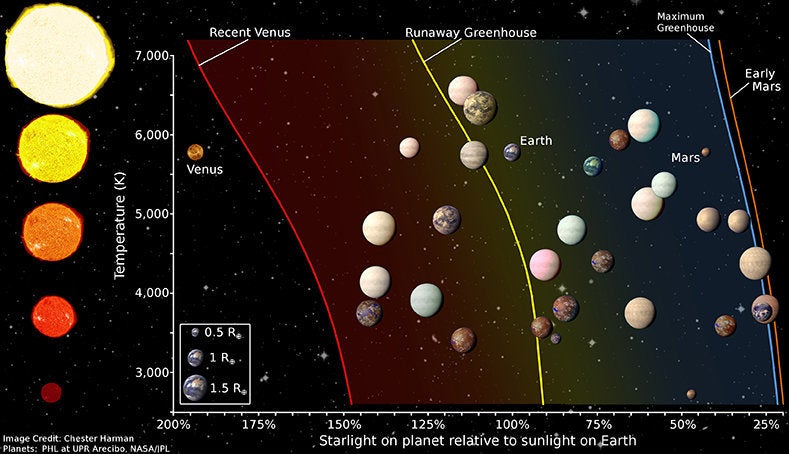
Each planet was analysed along with its solar system to make sure that it had the right composition and was the right distance from its star relative of course to the size of that star.
Despite the final number appearing to be so small, Kane and the team clarify that the sheer number of initial candidates is hugely promising.
“It’s exciting to see the sheer amount of planets that are out there, which makes you think that there is zero chance of there not being another place where life could be found,” said Michelle Hill, an undergraduate Australian student.
With a far clearer understanding of what qualifies as ‘Earth 2.0’, the hope is that this study will now fuel further analysis of exoplanets and bring us even closer to finding final proof that alien life is indeed out there.
Kane explains: “This study is a really big milestone toward answering the key questions of how common is life in the universe and how common are planets like the Earth.”
Astronomy Photographer of the Year 2016 Shortlist:


